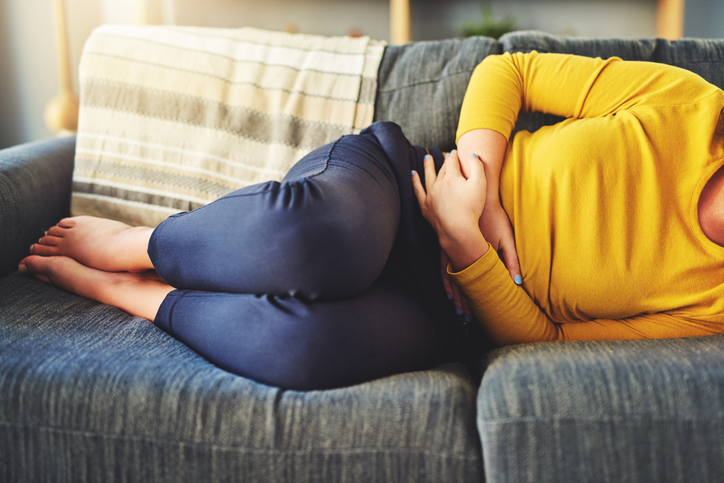Pain
What Is Vulvodynia?

Vulvodynia is a chronic pain condition affecting the vulva (vaginal opening); it presents as pain in the labia, clitoris and/or vaginal opening. A diagnosis of vulvodynia requires that the pain is present for at least three months. Vulvodynia has no identifiable cause and is a diagnosis of exclusion. Although the cause is still unknown, research is ongoing.
Vulvodynia is categorized as either generalized or localized. Generalized vulvodynia includes intermittent or constant pain in separate areas of the female genitals at different times. Pressure or touch can worsen the pain but does not necessarily cause it. Localized vulvodynia includes pain that occurs in only one area of the vulva; a burning sensation is typically caused by touch or pressure, such as intercourse or prolonged sitting.
Symptoms and signs of vulvodynia
Symptoms of vulvodynia often occur suddenly and can last from months to years. Vulvodynia symptoms include, but are not limited to, the following:
- Burning, stinging, throbbing, aching or stabbing pain sensations
- Itching
- Rawness
- Soreness
- Inflammation
Signs of vulvodynia include, but are not limited to, the following:
- Painful intercourse
- Difficulty sitting for long periods of time
- Sexual dysfunction
- Pain triggered by exercise, urination or tampon use
Risk factors for vulvodynia
Vulvodynia can affect women of any age and ethnicity. It may develop as a result of genetic factors; however, women who experience(d) the following are at greater risk of developing vulvodynia:
- History of sexual abuse
- Vulva nerve injury
- Irritable bowel syndrome
- Post-traumatic stress disorder, anxiety or depression
- Hormone issues
- Temporomandibular disorder
- Musculoskeletal problems
- Inflammation of the area
- Painful bladder syndrome
- Fibromyalgia













